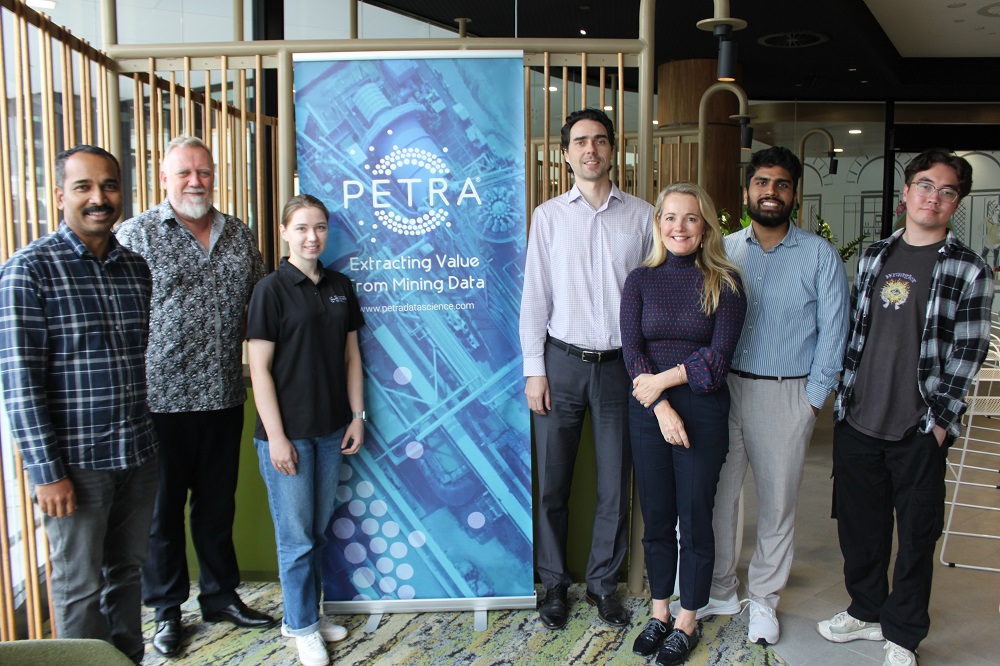PETRA Data Science says it is backing the next generation of researchers by providing access to its proprietary technology and expertise for PhD students from the University of Adelaide.
As a founding industry partner of the Australian Research Council (ARC) Training Centre for Integrated Operations for Complex Resources, PETRA is helping equip PhD students with valuable industry experience and high-quality data for advanced mining research.
Established in 2020, the ARC Training Centre brings together industry, universities and government to address the challenge of securing future resources. PETRA contributes its global leadership in orebody learning software, using data fusion, ore tracking and machine learning to solve complex mining challenges.
“For the mining industry to thrive in the future, we must empower the next generation of data scientists with real-world experience in analytics, AI and mining automation,” PETRA CEO and Founder, Dr Penny Stewart, said. “The value of data fusion in transforming disconnected datasets into a format suitable for the mine value chain optimisation is immense – it’s the backbone of intelligent, data-driven mining operations.”
Two PhD students benefiting from PETRA’s involvement are Sultan Abulkhair and Milena Nasretdinova, both originally from Kazakhstan.
Abulkhair, who is in the final stages of his PhD in Mining Engineering, has completed three placements with PETRA since 2022. His research explores how integrating real-time data into orebody models can improve mine planning by enabling real-time decision making. PETRA’s proprietary data fusion ore tracking technology has enabled him to simulate real-time updates of block models.
“My research helps mining companies make faster, more accurate decisions using predictive modelling and data assimilation,” he said. “One of the most valuable aspects of my placement has been the chance to get feedback from experienced industry leaders, including Dr Stewart.”
Nasretdinova recently completed her first placement with PETRA in March 2025. Her PhD research focuses on integration of high-resolution X-ray Computed Tomography and X-ray Fluorescence data to quickly analyse core samples and predict processing characteristics – such as grain mineral size, clay and quartz content, hardness and energy requirements – without the need for extensive geometallurgical testing.
“Access to PETRA’s rare, high-resolution data has been critical,” Nasretdinova said. “It’s helping me train machine-learning models that would otherwise be impossible with the limited data I had.”
Beyond placements, PETRA contributes to academic development through regular lectures and discussions with students.











